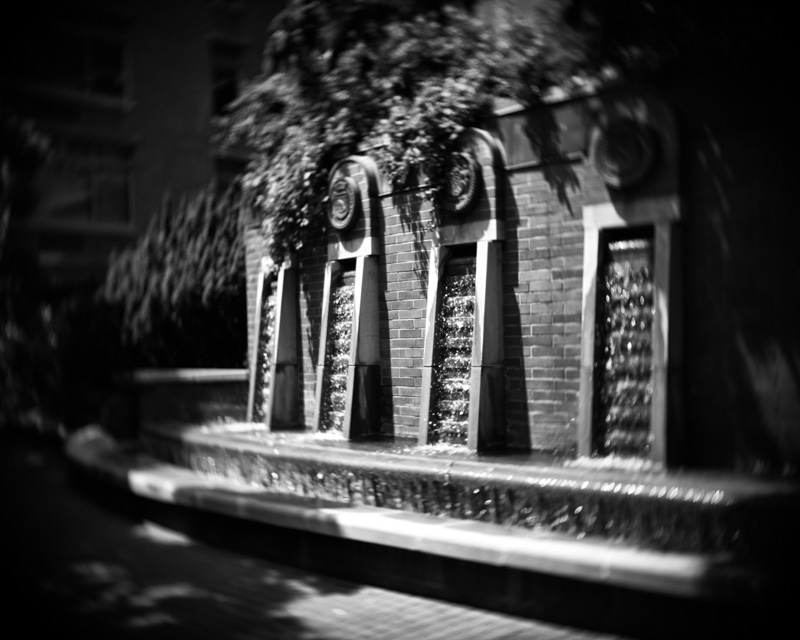
Chapter 6 of Strasbough’s A History of Greenwich Village begins:
“There was a Greenwich Village then –
A refuge for the tormented men whose heads were full of dreams, whose hands were weak to do the world’s commands: Builders of palaces on sands – These needful of a place to sleep, came here, because the rents were cheap.” – Floyd Dell, an influential American scribe of the early twentieth century whose accomplishments included magazine and newspaper editor, novelist, playwright and poet.
And as we saw in the previous post, Greenwich Village, by the later part of the 19th century, was already beginning to attract and nurture a free-thinking if socially averse core of residents. By the early 1900s, Strasbough describes the birth of Greenwich Village, as we know it today:
“ . . . It’s in this period, roughly 1912 through 1917, that the old Ninth and Fifteenth Wards become widely known as Greenwich Village; its artists, writers, bohemians, and political radicals become known (derisively to their Italian and Irish neighbors) as Villagers, and Greenwich Village becomes recognized around the world as the Left Bank of America. By the early 1920s participants and chroniclers would already look back on this period, with premature nostalgia, as the Village’s “golden age”, a brief but shining time of intense social, cultural, and political radicalism and experimentation.”
But gold doesn’t tarnish nor do the voices and spirit of all the past artists, writers, bohemians and radicals that still speak to us in song, verse, prose and painting.
Thanks so much for stopping by. If you haven’t done so, please visit the Mystic Village Landing Page to read a brief summary of the Mystic Village concept and execution and how to purchase prints. You can also support the phenomenal preservation and educational work of the Greenwich Village Society for Historical Preservation, GVSHP. You can also support the fine work of the Washington Square Park Conservancy.